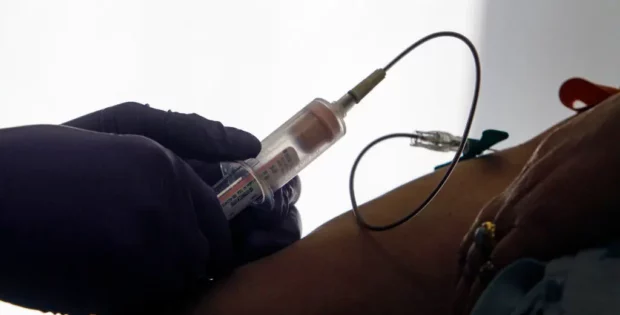Patient Choice: A Critical Piece of Shared Decision Making

Colorectal cancer (CRC) is a leading cause of cancer death in the United States. However, it is also one of the most preventable and treatable cancers if detected early through screening.5 Shared decision-making (SDM) can be a valuable tool in helping patients and healthcare providers make informed decisions about CRC screening.
SDM is a collaborative process that enables patients and healthcare providers to make informed decisions together. It is a patient-centered approach that recognizes the importance of involving patients in their care by providing them with relevant information, considering their values and preferences, and jointly selecting the best course of action. This approach is based on the idea that patients are experts in their own lives and should be empowered to take an active role in their healthcare decisions.1
Key Steps for Shared Decision-Making in Colorectal Cancer Screening
The SDM process typically involves three key steps:
- Sharing information: The healthcare provider presents the relevant medical information to the patient, including options for screening such as colonoscopy, fecal immunochemical tests (FIT), stool DNA tests, and blood-based tests, along with the potential risks and benefits of each option.
- Clarifying values and preferences: The healthcare provider inquires about the patient’s values, preferences, and goals for their healthcare. Each option has its benefits and drawbacks, and patients may have different preferences based on age, health status, and personal principles. This allows the provider to understand the patient’s unique circumstances and tailor their recommendations accordingly.
- Making a decision: The healthcare provider and patient work together to select the optimal course of action that aligns with the patient’s values and preferences, allowing for patient choice.
A randomized controlled trial found that patients who participated in SDM were more likely to choose a screening option that aligned with their values and were more likely to complete the screening process.3 A different study found that patients who participated in SDM for CRC screening had higher satisfaction levels with their healthcare visit.4
Shared Decision Making Not Yet Routine Clinical Practice?
While SDM is recognized as an important aspect of high-quality healthcare, it is not yet widely implemented in clinical practice. However, there are several initiatives aimed at promoting SDM.1 In addition to the above framework for SDM, the development of high-quality decision aids to support SDM is a beneficial accompaniment.2
Decision aids are a key tool for SDM in CRC screening. Decision aids provide patients with information about the different screening options, including the risks and benefits of each option, to help them make an informed decision. Decision aids can be in the form of pamphlets, videos, or online resources and can be tailored to the patient’s circumstances.2
Shared Decision Making and Improved Patient Outcomes
In conclusion, SDM is a fundamental approach to healthcare decision-making that prioritizes the involvement of patients in their care, which allows for patient choice in CRC screening. By sharing information, clarifying values, and outlining preferences, patients and healthcare providers can collaborate to make mutual decisions for the patient’s unique circumstances. By discussing the screening options and educating patients about the importance of regular screening, healthcare providers can help prevent and detect CRC early, leading to better patient outcomes.


